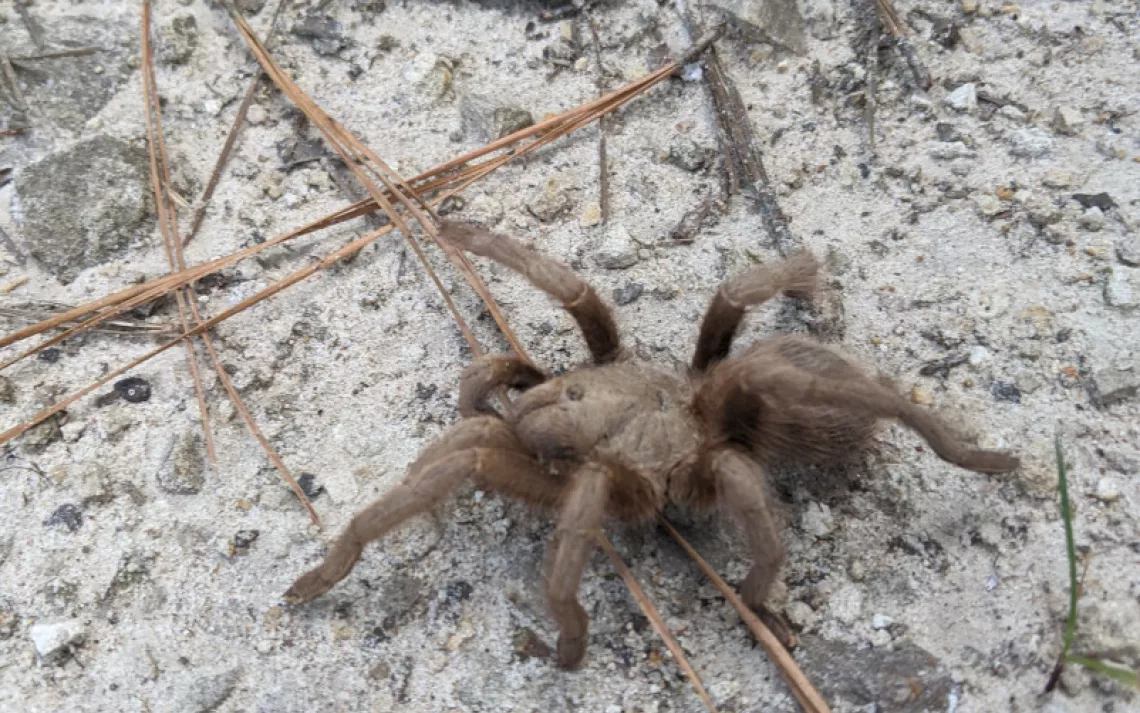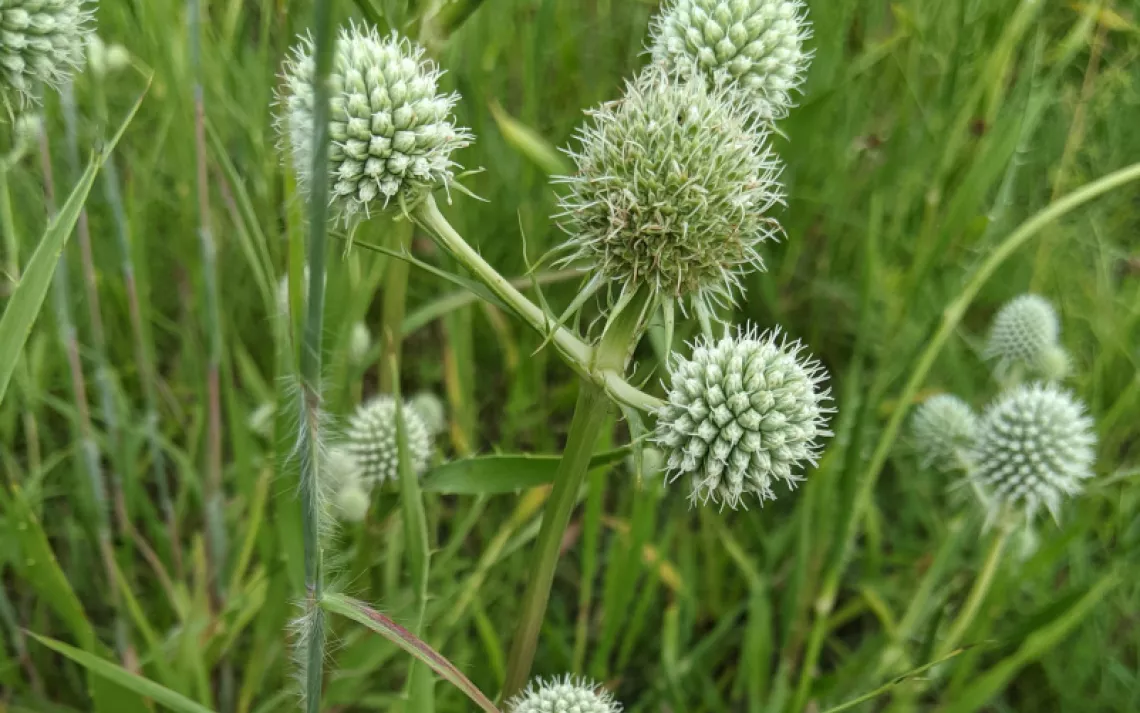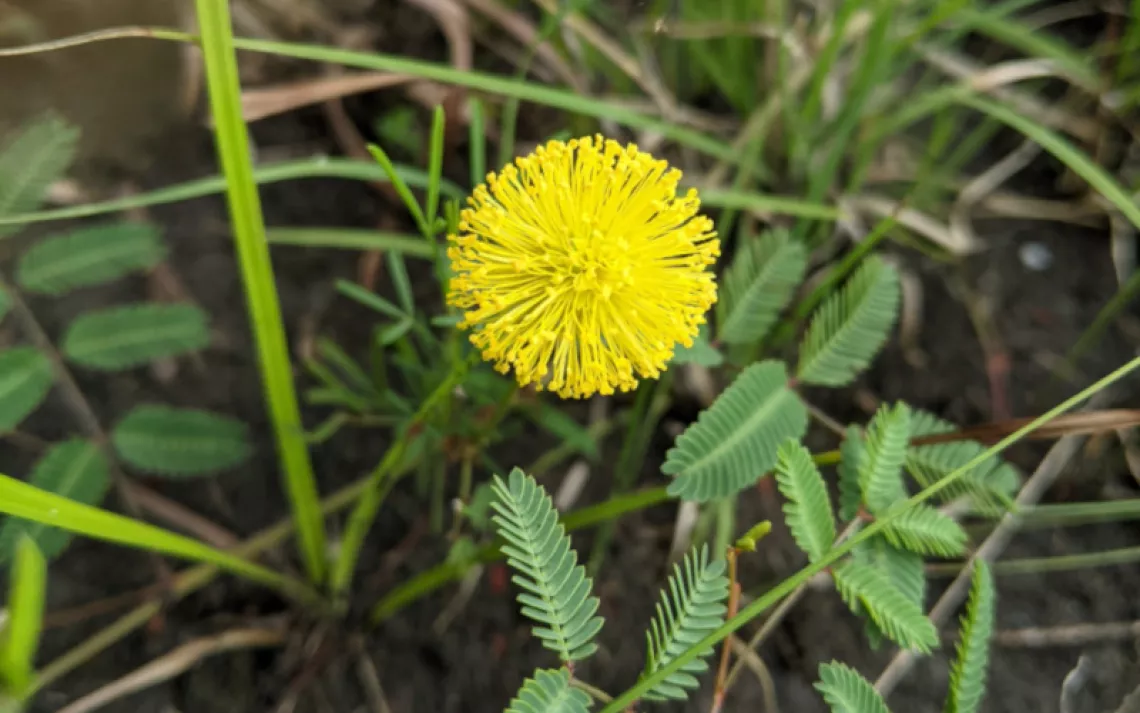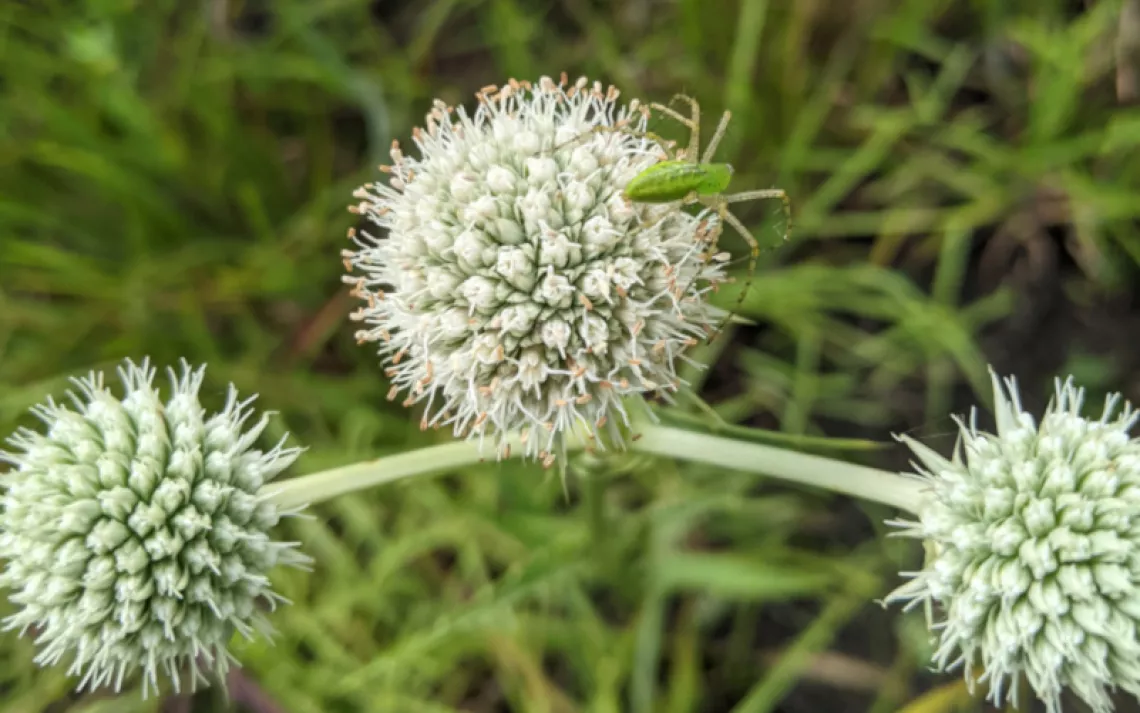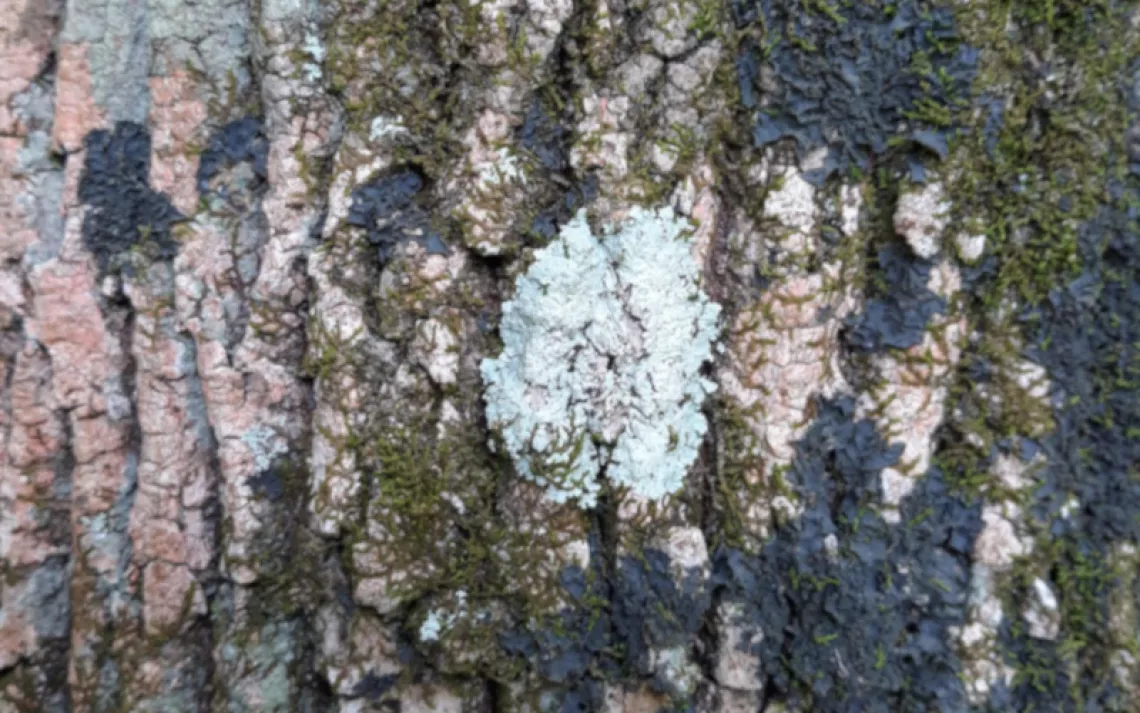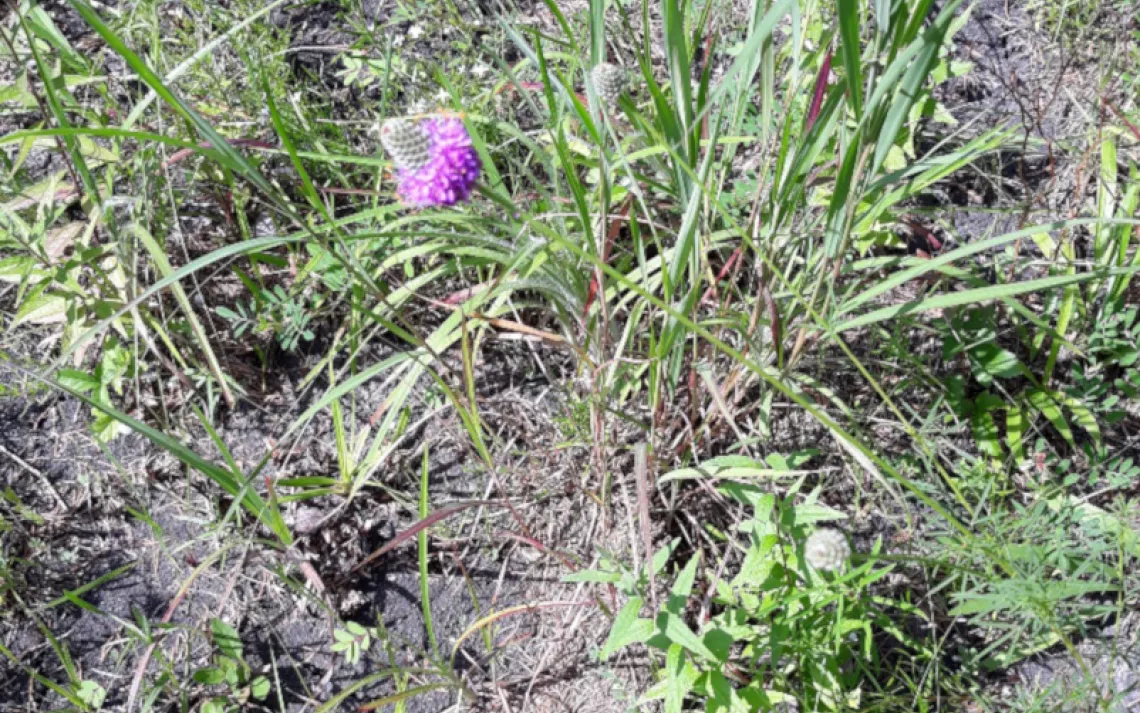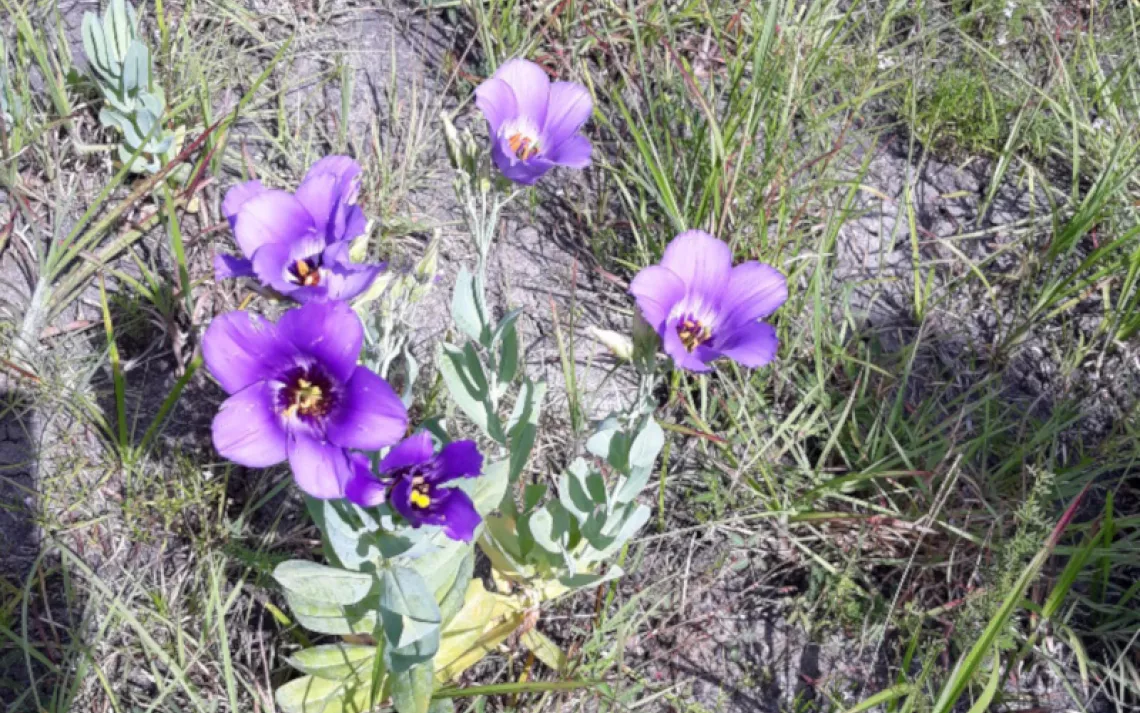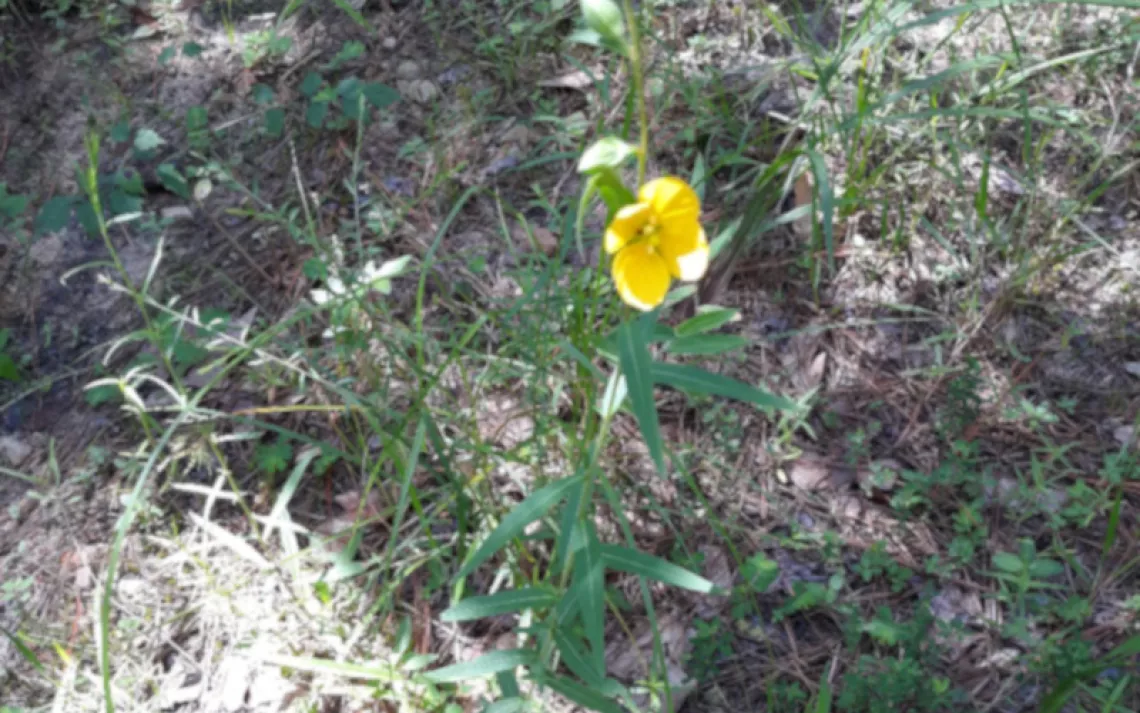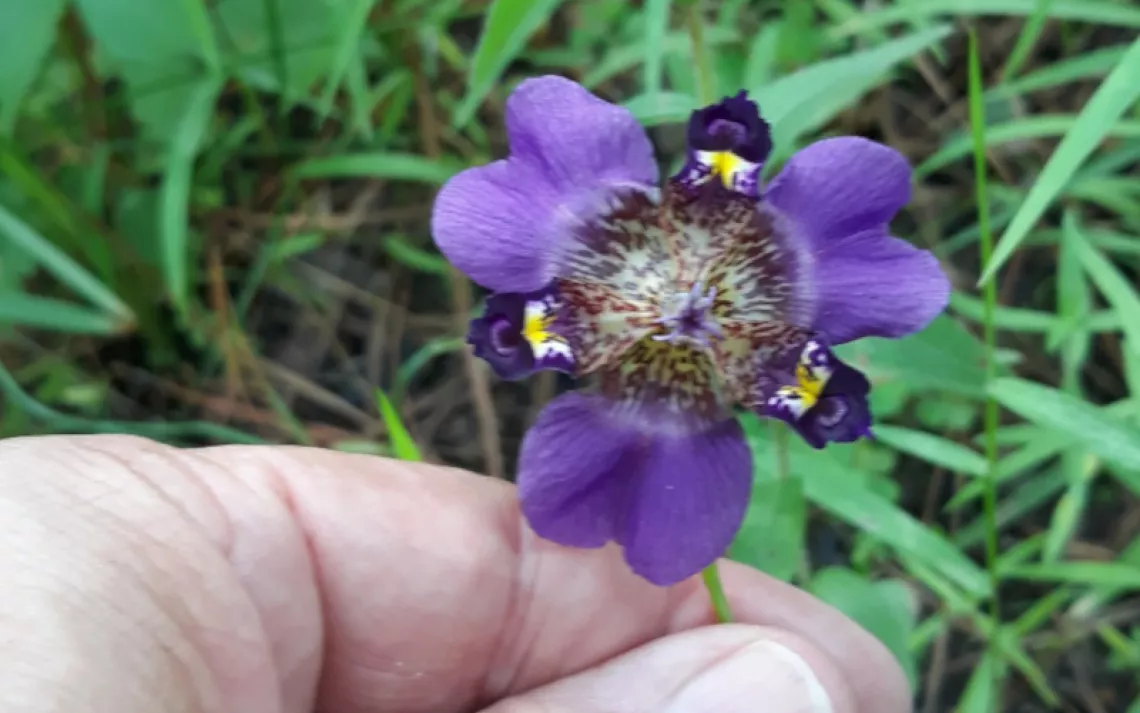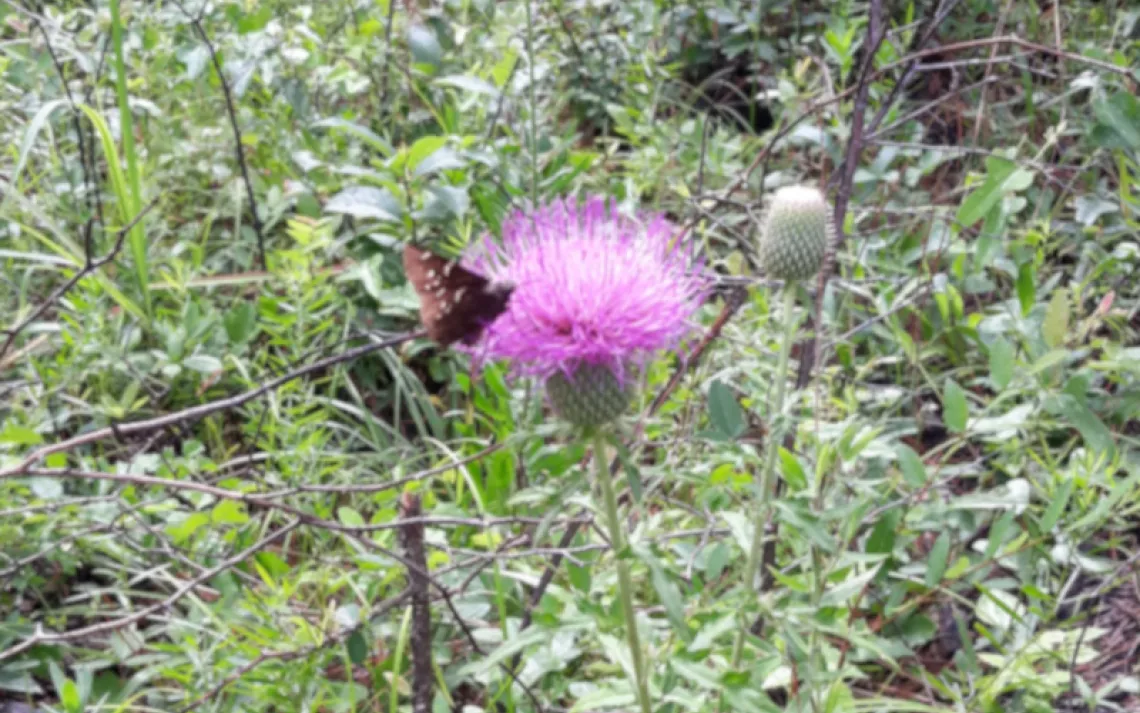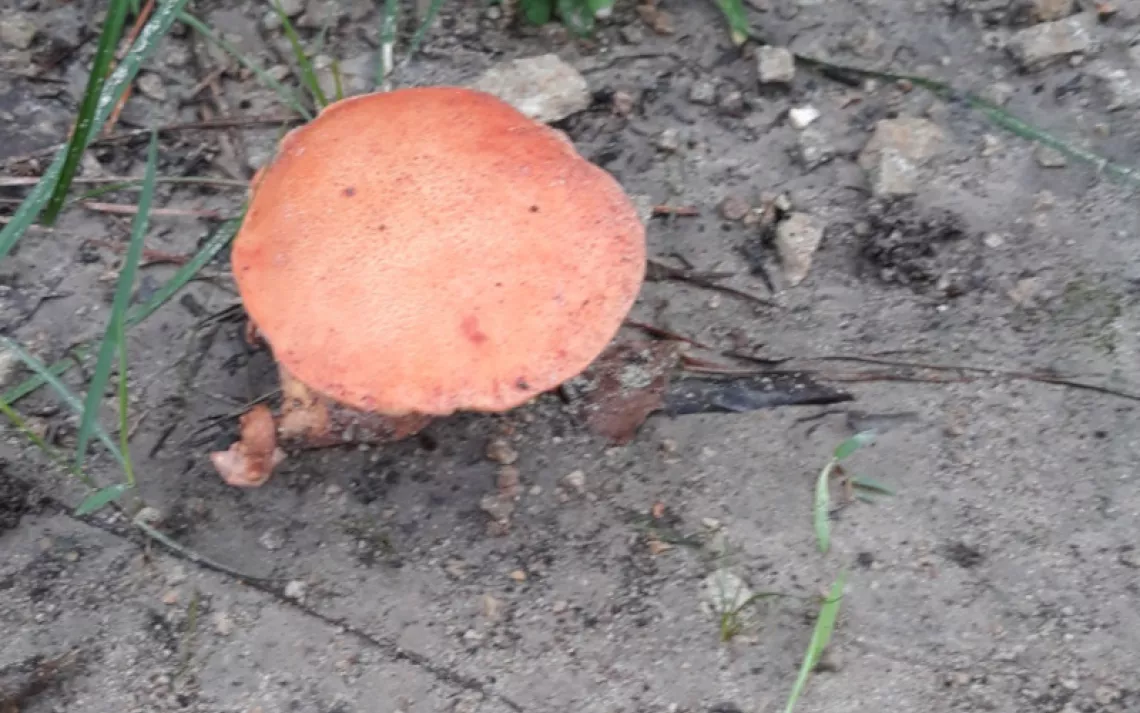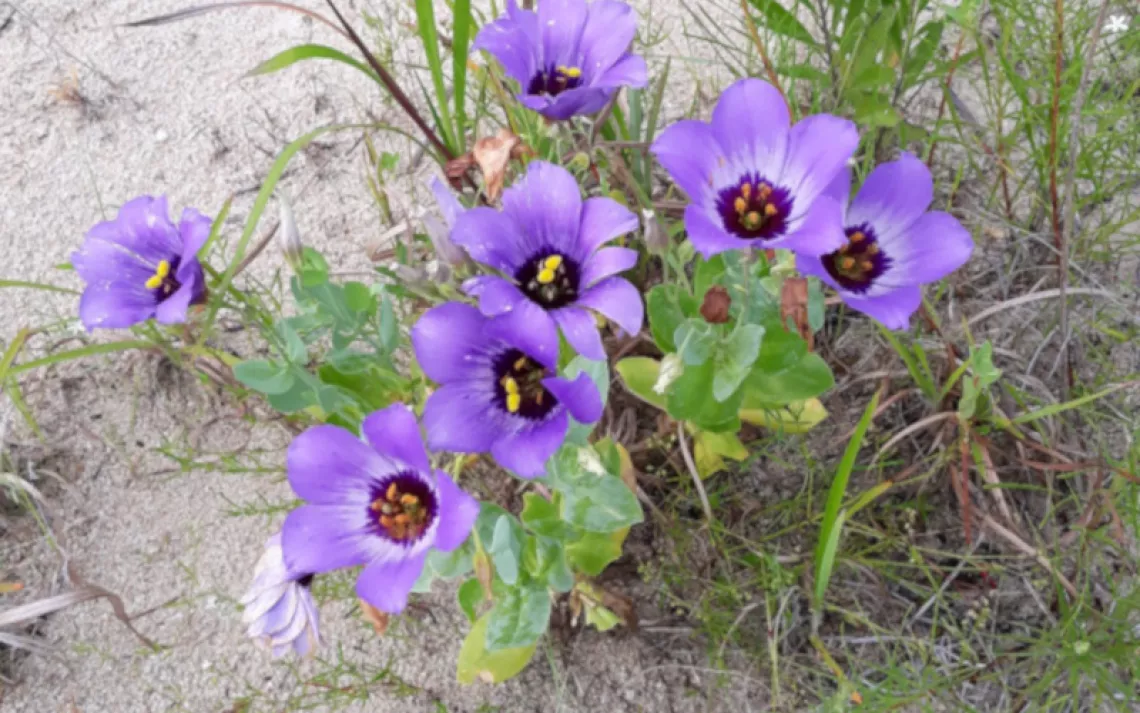By Brandt Mannchen
Many people visit the Sam Houston National Forest (SHNF) to get away from it all. People often hike, bike, horseback ride, and use motorcycles and ATVs on established trail systems. But one of the things I prefer is to visit prairies in the forest.
Prairies in the forest? Sounds like a contradiction, but it’s not. SHNF has many small, blackland prairies that are scattered across our close national forest. These shrink-swell, calcium rich, high pH lands are similar to prairies that exist west of us. The same Fleming geological formation that makes up the Fayette Prairie outcrops in SHNF.
Recently, I met a friend in SHNF to show off these prairies. We stopped at three prairies and drove by two more. The combination of shrink-swell clays and periodic fires keep woody plant numbers down so these prairies do not turn into forest.
The first prairie we visited was one that my buddy David and I, had put sweat equity into for several years. We call it Muddy Prairie, because it really gets wet and muddy when it rains. We had, with U.S. Forest Service permission (FS), hand cut and sawed down woody plants here. Now the FS has cut and spread herbicide on more woody plants and burned the prairie so it looks great with Purple Prairie Clover and other blooming wildflowers.
The second prairie we visited, Northwest Prairie, was one I had not seen in 4 or 5 years. I knew the FS was restoring this prairie and I wanted to see how it looked. The FS had cleared most of the woody plants like Eastern Red Cedar, Gum Bumelia, and Yaupon Holly away and had planted native grasses like Indian Grass. The change was startling, and I silently thanked the FS for doing the right thing.
We finally drove to my favorite prairie, Blue Bell Prairie. I wanted to see if these beautiful wildflowers had begun blooming. As we walked to the prairie on a gated FS road, I was surprised to see many Water Primroses. The road is located at the base of a slope that has a small seep which keeps it wet most of the year. Without the water, there would be no Water Primrose.
When we got to Blue Bell Prairie I did not see any Blue Bells. I did see an ocean of Rattlesnake Master along with Purple Prairie Clover, Silver Bluestem, Beebalm, Pencil Plant, Yellow Powder Puff, Brown-eyed Susan, Purple Cone Flower, Illinois Bundle Flower, Knot-root Bristle Grass, and a host of other wildflowers and native grasses.
As we walked east to the second half of the prairie I showed my friend where erosion due to cattle grazing had gouged out large gullies which were slowly healing. Then I saw it. A Blue Bell! I was overjoyed and carefully walked down the slope to admire and photograph this “queen of wildflowers”.
We then picked our way through an ephemeral stream separating the two prairie halves, which had White Ash, Post Oak Eastern Red Cedar, Redbud, Cedar Elm, Flowering Dogwood, Winged Elm, Hackberry, Frost Weed, and other calciphilic-loving plants. We walked around the second half of the prairie and noted more Blue Bells and a solitary Blue Sage.
Unfortunately, on our way back we saw an infestation of non-native invasive Johnson Grass which if not treated would compete and overwhelm the native prairie plants. I made a note to let the FS know about this new threat to the prairie.
On our way back we found a final surprise. A Texas Brown Tarantula was walking slowly along the road. We took a few photos and then walked back to the car glad to feel the air conditioning as the day heated up fiercely.
We ate lunch at the Richards Trailhead for the Lone Star Hiking Trail and then it was time to go. It had been a good day, we had some early Summer prairie delight, and we completed our tour before the heat overwhelmed us. Prairies in forest? A great mix and it’s all good to me.
Photos courtesy of Naomi D'Amours and Brandt Mannchen
